

Amla plant (Phyllanthus emblica)
₹399.00 Original price was: ₹399.00.₹249.00Current price is: ₹249.00.
The Amla plant (Phyllanthus emblica), also known as Indian gooseberry, is a small to medium-sized deciduous tree native to India. It produces small, green, spherical fruits with a sour, tart flavor. Amla is highly valued for its nutritional benefits, especially its high vitamin C content, and is commonly used in traditional medicine, as well as in culinary preparations like juices and jams.
Description
The Amla plant (Phyllanthus emblica), commonly known as Indian gooseberry, is a small to medium-sized deciduous tree or shrub that belongs to the family Phyllanthaceae. It is native to India, but it is also found in other parts of Southeast Asia, including Sri Lanka, Nepal, and Bangladesh. The tree typically grows up to 8 to 18 feet (2.5 to 5.5 meters) tall and has a spreading, bushy habit with delicate, feathery leaves arranged in small, leaf-like structures. The plant is drought-tolerant and thrives in a wide range of soil types, though it prefers well-drained, sandy soils and moderate to warm climates.
The Amla tree produces small, round, greenish-yellow fruits that are about the size of a marble. The fruits have a smooth, shiny skin and are known for their extremely sour and astringent taste. Amla is considered one of the richest natural sources of Vitamin C, which contributes to its numerous health benefits. The fruit is highly valued for its medicinal properties and is an essential ingredient in Ayurvedic medicine, where it is believed to have numerous health-promoting qualities, including boosting immunity, improving digestion, and enhancing skin health.
In addition to its high Vitamin C content, Amla contains other essential nutrients, including antioxidants, fiber, and minerals like calcium and iron. These nutrients help in detoxifying the body, promoting heart health, and preventing premature aging. It is often used in the form of fresh fruit, dried powder, or as an extract in various health products.
Amla is consumed in various forms, including fresh, dried, or as a powdered supplement. It is often used in traditional preparations like Amla juice, Amla chutney, or Amla candy, and is sometimes added to jams, pickles, or syrups. It can also be used in skincare products, as its antioxidants are believed to support healthy, glowing skin.
The Amla tree thrives in tropical and subtropical climates and is easy to cultivate in regions with hot summers and mild winters. It requires full sunlight for optimal growth and can tolerate drought conditions once established. Amla trees generally begin to bear fruit 3 to 5 years after planting and produce fruit annually, typically in winter.
In addition to the fruit, other parts of the Amla plant, such as its leaves and bark, are also used in traditional medicine for treating a variety of ailments. Amla is often included in hair oils, shampoos, and conditioners, as it is believed to strengthen hair, promote growth, and prevent dandruff.
Amla has not only economic and medicinal value but also ecological benefits. The tree is useful for soil conservation and is sometimes planted in orchards or agroforestry systems. Its fruit is highly prized in many cultures for its exceptional health benefits and versatility in culinary and medicinal uses.
Related products
Eucalyptus Plant (Eucalyptus globulus) – 40 pcs
In stock
Ficus Yellow Plant
In stock
Golden Hahnii Snake
In stock
Lucky Jade Plant
In stock
Mango Plant
In stock
Oyster Plant
In stock
Sandalwood Plant -10 psc
In stock
Washingtonia Palm
In stock


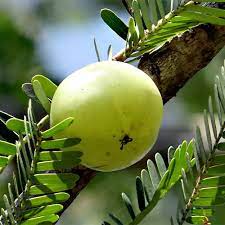


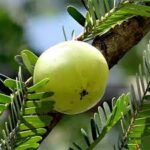



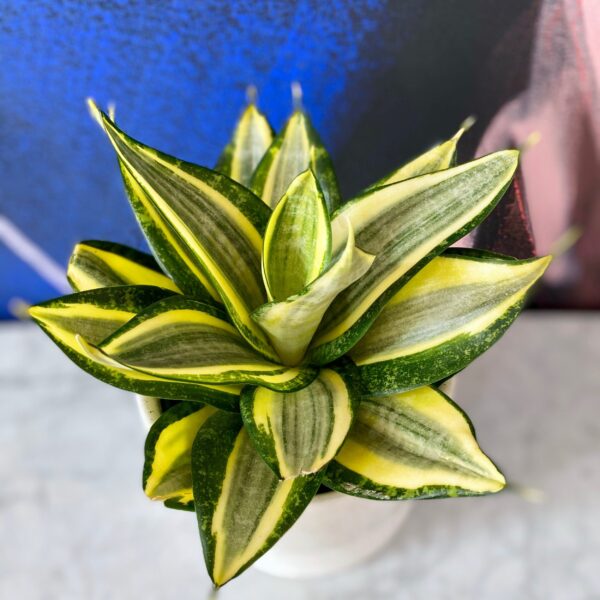

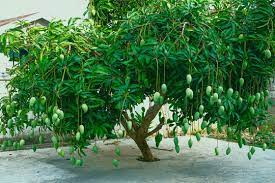

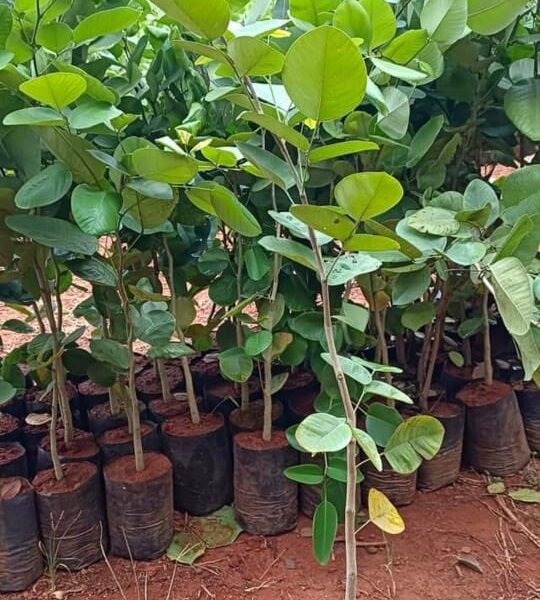

Reviews
Clear filtersThere are no reviews yet.